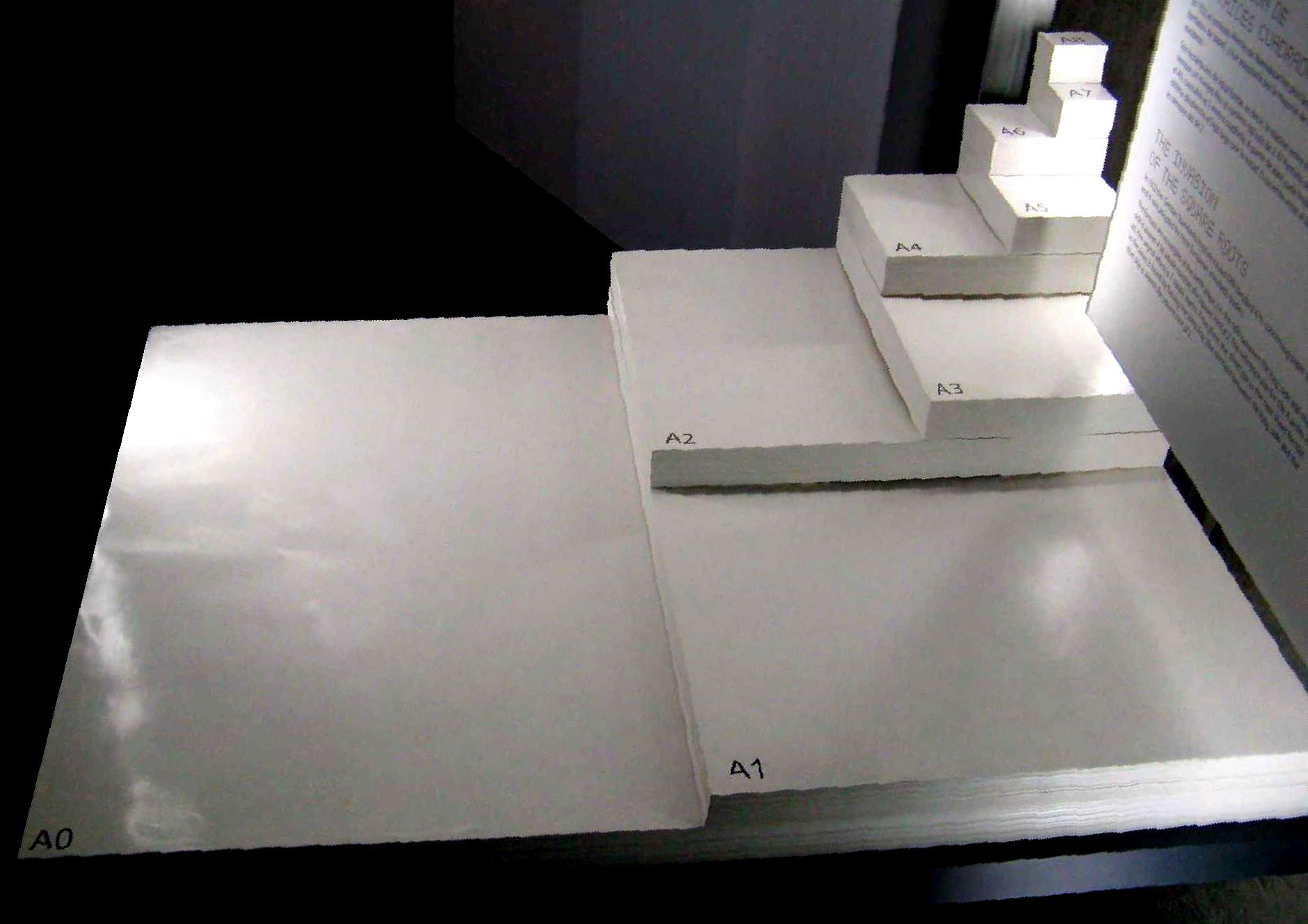|
Nipper (comics)
''Nipper'' was a short-lived British comic book magazine, published between 31 January to 12 September 1987. Unlike most British comics by this time, which had A4 paper size, this was an A5 comic, which meant it was half the size of all the others, hence the name 'Nipper'. ''Nipper'' ran for 16 Issues, had just one holiday special (in 1987) and just one annual in 1988. By the time of its last issue, however, it had become an A4 comic like the others. After that it merged with Buster. It should not be mistaken by the ''Daily Mail Nipper'' annuals from the 1930s, 40s and 50s. Comics published in the magazine * ''Blaster and Bignoise'' * ''Brad Break'' — An accident-prone young man who spent most of his time in hospital with at least one limb in plaster. Strips would frequently focus on Brad's discharge from hospital, only for him to suffer another accident before even leaving the building. Merged into Buster. * ''Double Trouble'' — Twins Jon and Suzy, who would constantly bicker ... [...More Info...] [...Related Items...] OR: [Wikipedia] [Google] [Baidu] |
Comic Book
A comic book, comic-magazine, or simply comic is a publication that consists of comics art in the form of sequential juxtaposed panel (comics), panels that represent individual scenes. Panels are often accompanied by descriptive prose and written narrative, usually dialogue contained in word balloons emblematic of the comics art form. ''Comic Cuts'' was a British comic published from 1890 to 1953. It was preceded by ''Ally Sloper's Half Holiday'' (1884), which is notable for its use of sequential Cartoon, cartoons to unfold narrative. These British comics existed alongside the popular lurid "penny dreadfuls" (such as ''Spring-heeled Jack''), boys' "story papers" and the humorous ''Punch (magazine), Punch'' magazine, which was the first to use the term "cartoon" in its modern sense of a humorous drawing. The first modern American comic book, American-style comic book, ''Famous Funnies: A Carnival of Comics'', was released in the US in 1933 and was a reprinting of earlier newsp ... [...More Info...] [...Related Items...] OR: [Wikipedia] [Google] [Baidu] |
British Comics
A British comic is a periodical published in the United Kingdom that contains comic strips. It is generally referred to as a comic or a comic magazine, and historically as a comic paper. As of 2014, the three longest-running comics of all time were all British. British comics are usually Comics anthology, comics anthologies which are typically aimed at children, and are published weekly, although some are also published on a fortnightly or monthly schedule. The two most popular British comic book, comics, ''The Beano'' and ''The Dandy'', were released by DC Thomson in the 1930s. By 1950 the weekly circulation of both reached two million.Armstrong, Stephen"Was Pixar's Inside Out inspired by The Beano?"''The Telegraph''. 27 July 2015 Explaining the enormous popularity of comics in British popular culture during this period, Anita O’Brien, director curator at London's Cartoon Museum, states: "When comics like ''The Beano'' and ''Dandy'' were invented back in the 1930s – and thr ... [...More Info...] [...Related Items...] OR: [Wikipedia] [Google] [Baidu] |
A4 Paper Size
ISO 216 is an international standard for paper sizes, used around the world except in North America and parts of Latin America. The standard defines the "A", "B" and "C" series of paper sizes, which includes the A4, the most commonly available paper size worldwide. Two supplementary standards, ISO 217 and ISO 269, define related paper sizes; the ISO 269 "C" series is commonly listed alongside the A and B sizes. All ISO 216, ISO 217 and ISO 269 paper sizes (except some envelopes) have the same aspect ratio, , within rounding to millimetres. This ratio has the unique property that when cut or folded in half widthways, the halves also have the same aspect ratio. Each ISO paper size is one half of the area of the next larger size in the same series. Dimensions of A, B and C series History The oldest known mention of the advantages of basing a paper size on an aspect ratio of \sqrt is found in a letter written on 25 October 1786 by the German scientist Georg Christoph L ... [...More Info...] [...Related Items...] OR: [Wikipedia] [Google] [Baidu] |
Buster (comic)
''Buster'' was a British comic which began publication in 1960, originally published by IPC Magazines Ltd under the company's comics division Fleetway, then by Egmont UK Ltd under the same imprint until its closure in 2000. Despite missing issues due to industrial action during its run, the comic published 1,902 issues in total. The comic carried a mixture of humour and adventure strips, featuring the title character Buster and a host of other characters. Description The title character, whose strip usually appeared on the front cover, was Buster himself. He was originally billed as ''Buster: Son of Andy Capp''; Andy Capp is the lead character of the eponymous ''Daily Mirror'' newspaper strip, and Buster wore a similar flat cap to reinforce the connection. In early issues, Buster often referred to his father, and Andy was seen in the comic (attempting to find a gas leak in three frames of the 18 June 1960 issue; shown in two drawn photographs in the 2 July issue that same y ... [...More Info...] [...Related Items...] OR: [Wikipedia] [Google] [Baidu] |
Billy The Cat (British Comics)
Billy the Cat is a fictional character first published in the British comic magazine ''The Beano'' in 1967. He is a vigilante dressed in a "cat suit" who stars in his eponymous adventure story, and occasionally teams with Katie Cat. A popular character, Billy the Cat is a prolific figure in DC Thomson's comic magazines, his character appearing in a variety of series and issues of non-''Beano'' magazines. Background In ''The Beano'' 1967 Easter issue, a DC Thomson advert announced a new superhero would feature in the magazine soon. The advert read: "Look at this chap! It's the amazing Billy the Cat! Follow his strange, exciting adventures in the big city—starting in ''The Beano'' next week!" as the artwork depicted a figure in a black outfit running across a roof. Superheroes were not new to ''The Beano'', but Billy the Cat's pre-production developments are unknown. Lew Stringer noted Billy the Cat published when the ''Batman'' television adaptation aired, but the character ... [...More Info...] [...Related Items...] OR: [Wikipedia] [Google] [Baidu] |
The Beano
''The Beano'' (formerly ''The Beano Comic'') is a British anthology comic magazine created by Scottish publishing company DC Thomson. Its first issue was published on 30 July 1938, and it published its 4000th issue in August 2019. Popular and well-known comic strips and characters include ''Dennis the Menace and Gnasher, Dennis the Menace'', ''Minnie the Minx'', ''The Bash Street Kids'', ''Roger the Dodger'', ''Billy Whizz'', ''Lord Snooty and His Pals'', ''Ivy the Terrible'', ''General Jumbo'', ''Jonah (comics), Jonah'', and ''Biffo the Bear''. ''The Beano'' was planned as a pioneering children's magazine that contained mostly comic strips, in the style of American newspaper gag-a-days, as opposed to the more text-based story papers that were immensely popular before the Second World War. In the present, its legacy is its misbehaving characters, escapist tales and anarchic humour with an audience of all ages. ''Beano'' is a multimedia franchise with spin-off books and Christma ... [...More Info...] [...Related Items...] OR: [Wikipedia] [Google] [Baidu] |
Tom Paterson
Tom Paterson (born April 22, 1954) is a Scottish comic artist who drew characters for Fleetway in 1973–1990, and D.C Thomson from 1986 to 2012. As of 2013, he currently draws strips for Viz. Taking stylistic inspiration from Leo Baxendale's work on The Bash Street Kids ''The Bash Street Kids'' is a comic strip in the British comic magazine '' The Beano''. It also appeared briefly in The Wizard as series of prose stories in 1955. The strip, created by Leo Baxendale as ''When the Bell Rings!'', first appear ..., Paterson's talent as a cartoonist was discovered at the age of sixteen by original Dandy editor Albert Barnes, who was impressed with the cartoon samples Paterson had sent to him. Barnes offered the young artist a chance to collaborate with him on a strip called ''The Dangerous Dumplings'' (which would later be retooled as The Doyle Family for the Dandy), which was to become the leading strip of a new comic Barnes was developing, but the project was scrapped ... [...More Info...] [...Related Items...] OR: [Wikipedia] [Google] [Baidu] |
1987 Comics Debuts
Events January * January 1 – Bolivia reintroduces the Boliviano currency. * January 2 – Chadian–Libyan conflict – Battle of Fada: The Military of Chad, Chadian army destroys a Libyan armoured brigade. * January 3 – Afghan leader Mohammad Najibullah says that Afghanistan's 1978 Communist revolution is "not reversible," and that any opposition parties will have to align with Communist goals. * January 4 – ** 1987 Maryland train collision: An Amtrak train en route from Washington, D.C. to Boston collides with Conrail engines at Chase, Maryland, United States, killing 16 people. ** Televangelist Oral Roberts announces to his viewers that unless they donate $8 million to his ministry by March 31, God will "call [him] home." * January 15 – Hu Yaobang, General Secretary of the Chinese Communist Party, is forced into retirement by political conservatives. * January 16 – León Febres Cordero, president of Ecuador, is kidnapped for 11 hours by followers of imprisoned ... [...More Info...] [...Related Items...] OR: [Wikipedia] [Google] [Baidu] |
Comics Magazines Published In The United Kingdom
a medium used to express ideas with images, often combined with text or other visual information. It typically the form of a sequence of panels of images. Textual devices such as speech balloons, captions, and onomatopoeia can indicate dialogue, narration, sound effects, or other information. There is no consensus among theorists and historians on a definition of comics; some emphasize the combination of images and text, some sequentiality or other image relations, and others historical aspects such as mass reproduction or the use of recurring characters. Cartooning and other forms of illustration are the most common means of image-making in comics. Photo comics is a form that uses photographic images. Common forms include comic strips, editorial and gag cartoons, and comic books. Since the late 20th century, bound volumes such as graphic novels, and comic albums, have become increasingly common, along with webcomics as well as scientific/medical comics. The history o ... [...More Info...] [...Related Items...] OR: [Wikipedia] [Google] [Baidu] |
British Humour Comics
British may refer to: Peoples, culture, and language * British people, nationals or natives of the United Kingdom, British Overseas Territories and Crown Dependencies. * British national identity, the characteristics of British people and culture * British English, the English language as spoken and written in United Kingdom of Great Britain and Northern Ireland and, more broadly, throughout the British Isles * Celtic Britons, an ancient ethno-linguistic group * Brittonic languages, a branch of the Insular Celtic language family (formerly called British) ** Common Brittonic, an ancient language Other uses *People or things associated with: ** Great Britain, an island ** British Isles, an island group ** United Kingdom, a sovereign state ** British Empire, a historical global colonial empire ** Kingdom of Great Britain (1707–1800) ** United Kingdom of Great Britain and Ireland (1801–1922) * British Raj, colonial India under the British Empire * British Hong Kong, colonial H ... [...More Info...] [...Related Items...] OR: [Wikipedia] [Google] [Baidu] |
Defunct British Comics
{{Disambiguation ...
Defunct may refer to: * ''Defunct'' (video game), 2014 * Zombie process or defunct process, in Unix-like operating systems See also * * :Former entities * End-of-life product * Obsolescence Obsolescence is the process of becoming antiquated, out of date, old-fashioned, no longer in general use, or no longer useful, or the condition of being in such a state. When used in a biological sense, it means imperfect or rudimentary when comp ... [...More Info...] [...Related Items...] OR: [Wikipedia] [Google] [Baidu] |



